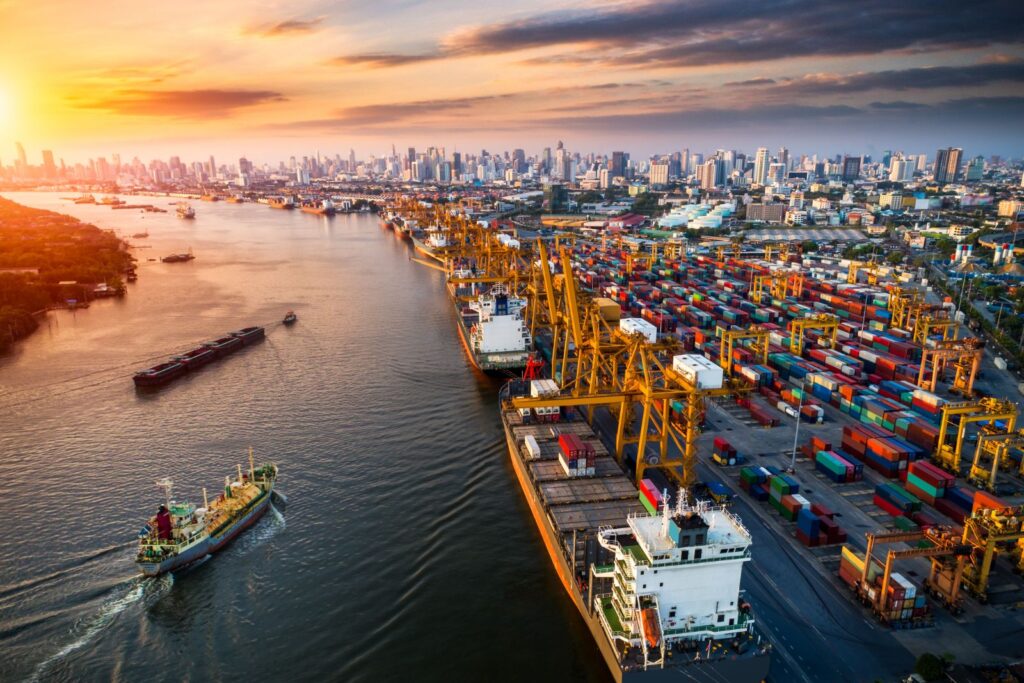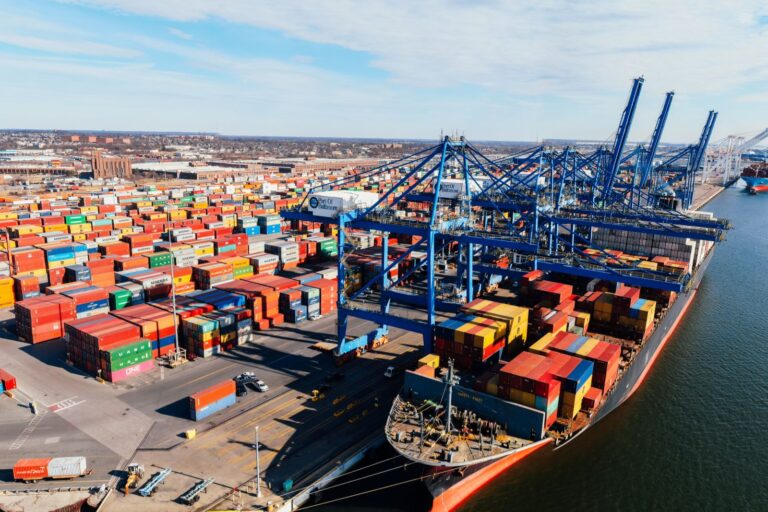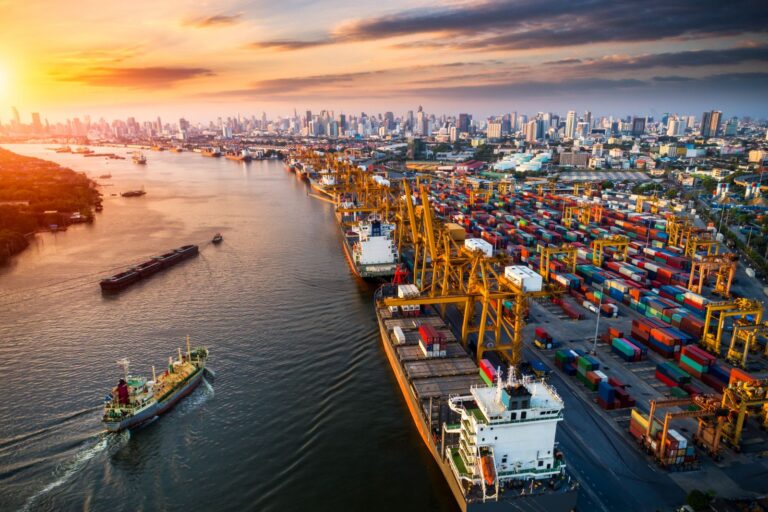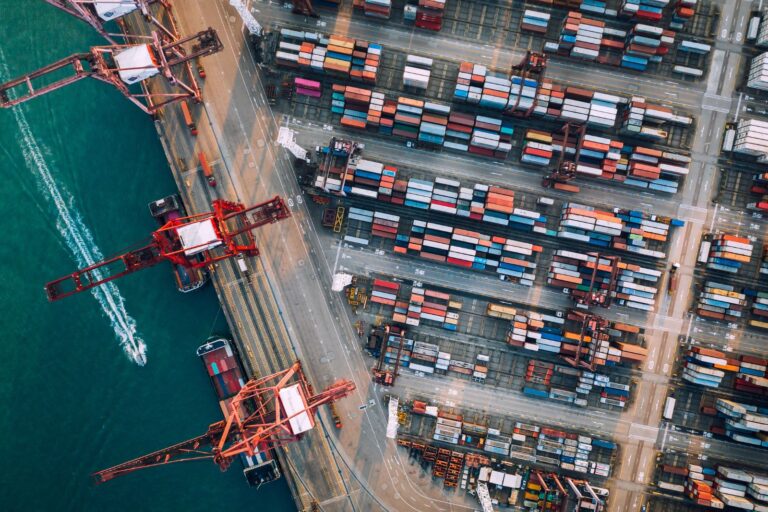Introduction
When planning international shipping, one of the most important decisions businesses face is choosing the right container size. Selecting the wrong option can lead to wasted space, higher freight costs, or even shipment delays if your goods don’t fit properly. For companies shipping regularly, these small mistakes quickly add up.
Understanding how to choose container size isn’t just about space—it’s about efficiency, cost-effectiveness, and compliance. From 20ft and 40ft containers to specialised options, every choice impacts your logistics strategy.
At EGL – Emerald Global Logistics, we help Australian businesses make informed shipping decisions by matching the right container size to their cargo needs. This guide will walk you through container options, decision-making steps, cost insights, and best practices to ensure your next shipment runs smoothly.
Why Choosing the Right Container Size Matters
Selecting the right container size provides several benefits:
- Cost savings – Avoid paying for unused capacity.
- Faster handling – Containers that match your cargo simplify loading and unloading.
- Reduced risk – Minimise damage by preventing loose or overcrowded goods.
- Regulatory compliance – Ensure goods are transported safely and legally.
A well-chosen container isn’t just a box—it’s a vital link in your supply chain.
Standard Shipping Container Sizes Explained
20ft Container (Dry Van)
- Capacity: ~33 cubic metres
- Suitable for: Heavy items (machinery, metals, cement)
- Advantage: More weight capacity per cubic metre
40ft Container (Dry Van)
- Capacity: ~67 cubic metres
- Suitable for: Bulky but lighter goods (furniture, textiles, electronics)
- Advantage: Best for large-volume shipments
40ft High Cube Container
- Extra height for oversized goods
- Capacity: ~76 cubic metres
- Suitable for: Taller cargo, machinery, or lightweight bulky goods
Specialised Containers
- Reefer containers – Temperature-controlled for perishables
- Open-top containers – For tall or irregular items
- Flat rack containers – For oversized machinery or vehicles
💡 Tip: The choice depends on weight vs volume. A 20ft suits dense cargo, while a 40ft is better for lightweight but bulky loads.
Step-by-Step: How To Choose Container Size
1. Assess Your Cargo Volume and Weight
- Use cubic metre (CBM) calculations to estimate space needed.
- Heavy but compact goods = 20ft.
- Bulky, light goods = 40ft.
2. Consider the Type of Goods
- Perishable goods → Reefer container.
- Large machinery → Flat rack.
- Fragile products → Standard dry container with extra packing.
3. Factor in Cost Efficiency
- 40ft containers aren’t double the cost of 20ft, making them more economical per CBM.
- However, overloading a 20ft may increase handling fees.
4. Check Port & Transport Restrictions
Some destinations have restrictions on container sizes or road transport weight limits.
5. Consult a Logistics Expert
Freight forwarders like EGL assess your cargo and recommend the best solution, balancing cost and efficiency.

Costs of Different Container Sizes
Costs vary depending on:
- Container size (20ft vs 40ft)
- Origin & destination ports
- Freight type (FCL vs LCL)
- Special handling requirements
On average:
- A 20ft container costs less to ship but has a higher cost per cubic metre.
- A 40ft container is more cost-effective for bulk shipments.
👉 At EGL – Emerald Global Logistics, we provide clear breakdowns so you know whether a 20ft, 40ft, or specialised container makes sense for your shipment.
Best Practices for Choosing the Right Container
- Always measure cargo carefully – In both weight and volume.
- Consider growth – If you’re scaling, plan for higher shipping volumes.
- Use professional packing services – Maximise space and protect goods.
- Check Incoterms – Know whether the buyer or seller arranges shipping.
- Work with a reliable freight forwarder – Avoid surprises with customs or port handling.
Common Mistakes to Avoid
- Overestimating space – Paying for a 40ft container when a 20ft is sufficient.
- Underestimating cargo – Trying to squeeze goods into an undersized container, leading to damage or split shipments.
- Ignoring cargo type – Using a dry van for perishables instead of a reefer.
- Not considering weight limits – Overloaded containers face fines and delays.
Example: Right Container Choice in Action
A Melbourne furniture company initially shipped in 20ft containers but faced high costs due to bulky items. After reviewing volumes with EGL – Emerald Global Logistics, they switched to 40ft high cube containers. This reduced shipping frequency and cut freight costs by 25%.
👉 Learn more about our tailored solutions: About EGL
FAQs: How To Choose Container Size
1. What is the difference between 20ft and 40ft containers?
A 20ft suits heavy, compact cargo, while a 40ft is ideal for lightweight, bulky goods.
2. Is a 40ft container twice the cost of a 20ft?
No, 40ft containers cost slightly more but are more cost-efficient per cubic metre.
3. Do I need a special container for refrigerated goods?
Yes, a reefer container is required for perishable cargo.
4. How do I calculate the right container size?
Measure your cargo in cubic metres (CBM) and compare against container capacities.
5. Can I share a container with others?
Yes, through LCL (Less than Container Load) shipping, you can split space with other shippers.
Conclusion – Choose Smarter, Ship Smarter
Understanding how to choose container size is key to balancing cost, efficiency, and cargo safety. From standard 20ft and 40ft options to specialised containers, the right decision keeps your supply chain running smoothly.
At EGL – Emerald Global Logistics, we simplify the process with expert advice and tailored shipping solutions for Australian businesses. Whether you’re shipping locally or internationally, our team ensures you select the best container for your cargo.
👉 Ready to optimise your shipping? Contact EGL today for expert logistics support.







